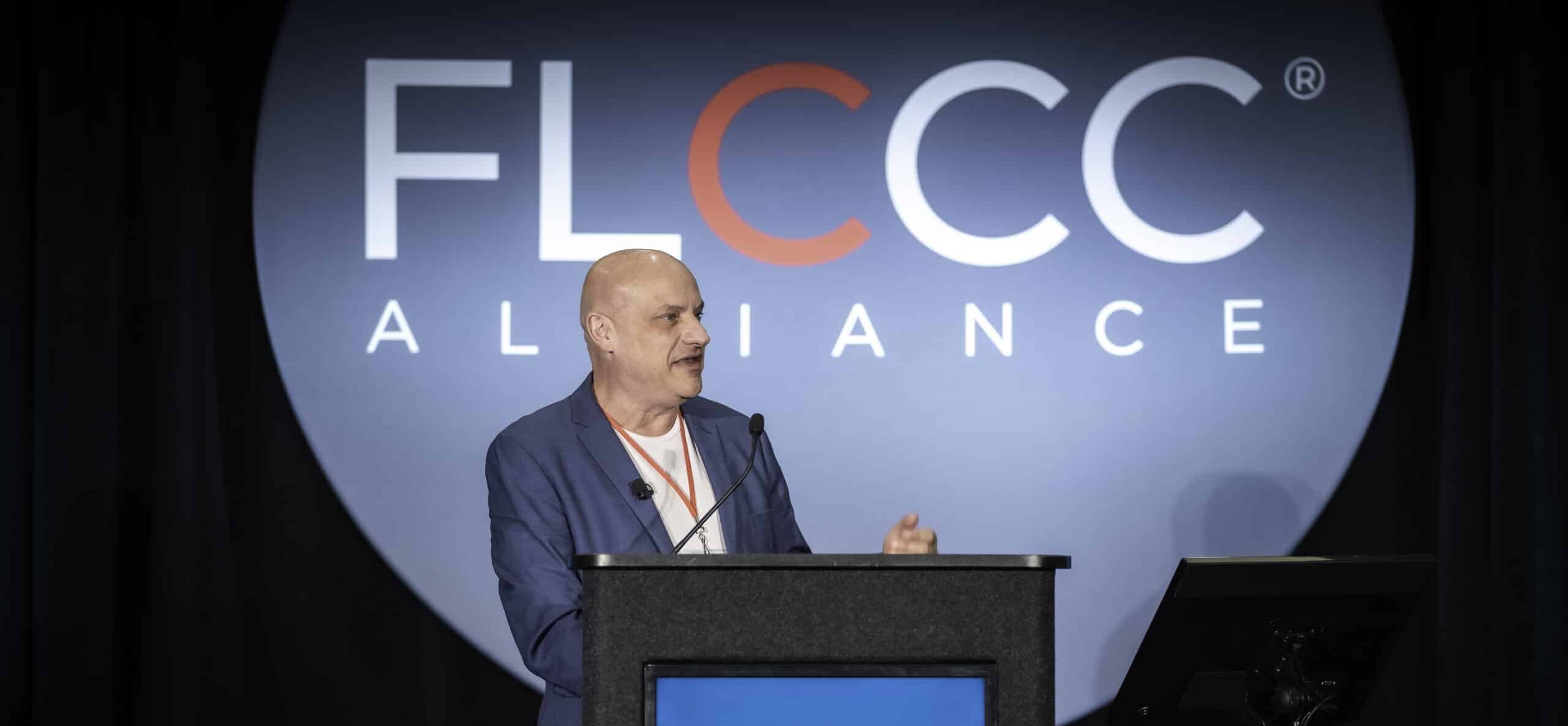It is called early onset cancer. And the Princess of Wales, diagnosed at 42, is part of an unfortunate new trend of more and younger cancer cases.

Catherine, Princess of Wales, 42, announced her cancer diagnosis March 22, 2024
Yale, Harvard and the American Cancer Society each weighed in recently on this unthinkable twist in the toll of cancer. A record 2 million people in the United States will suffer malignancies this year, the society said, and a larger share of the 600,000 to die, they agreed, will be younger than before.
This marked a sea change in the cancer message. In 2023, the Cancer Society’s previous annual report focused on 29 years of cancer progress tempered by racial disparities in survival.
But the 2024 report was different. Colorectal cancer moved as of 2021 to the leading cause (from fourth) of cancer death in men under 50, the report said, and second for women. Young adult oral and liver cancer deaths were increasing, along with deadly cervical tumors in women ages 30 through 44, reversing “decades of decline.”
We looked at the Centers for Disease Control and Prevention’s cancer death records through 2023, two years beyond the Cancer Society report. The later data, which is provisional, shows a cancer pattern that appears to have gone from slow simmer to rapid boil in the heat of a pandemic.
Across all ages, cancer deaths rose by 2% from pre-pandemic 2019 to 2023, we found. But in people 15 to 44 years old, mortality rose at double that, to 4%. Why is this happening now? Moreover, what will be done to address it?
Among the red flags: Deaths from colorectal cancer rose 17% among those 15 to 44 in that time, four times the population-wide increase. Uterine cancer deaths rose 37% among 25-to-44-year-olds from 2019 to 2023; they rose 15% overall.
We also saw much larger increases, from 2019 to 2022, in liver and pancreatic cancer mortality in young adults than in the overall population. There is fodder enough here to ask if these are aberrations or harbingers.
Especially troubling is the presentation and rise of young colorectal cancer. Harvard medical professor Kimmie Ng said the “steepest rises” are “in the very youngest people, those in their 20s and 30s,” which another cancer expert called “alarming.”
“Colorectal cancers are also presenting with more aggressive disease and larger tumors at diagnosis,” said William Dahut, the American Cancer Society’s chief scientific officer, after the report’s release. “It’s more difficult to treat,” he told NBC News.
Sean Stone, a 31-year-old American actor and producer, was one of these cases. He died March 7, just seven months after he was diagnosed with metastatic colon cancer. We can no longer dismiss such cases — and there are many — as isolated anecdotes.
In the CDC data, there is a category called “all other and unspecified malignant neoplasms,” meaning cancers that had spread to the point that their origin was not identified before death. Across all ages, they rose 11% from 2019 to 2023. Now consider that these deaths rose 18% among 35-to-44-year-olds and 16% among 5-to-14-year-olds in that period.
Slowly but surely, researchers are documenting this tragic development in adolescents and young adults. A new preprint study of U.S. data found cancer deaths among 15-to-44-year-olds “accelerated substantially” in 2021, with an excess of nearly 6% above expected. That figure rose to 8% in 2022. A second study from the United Kingdom found “highly statistically significant” increases in cancer mortality in the same age group in 2021 and 2022.
Not coincidentally, in 2021, the U.S. Society of Actuaries reported unprecedented 76% and 101% increases in death claims among insured workers 25 to 34 and 35 to 44 years old, who are considered among the healthiest sectors of society. COVID-19 was ruled out as the cause.
These so-called excess deaths — 298,000 in 2023 — have been all but ignored in a milieu that lacks the political will to investigate pandemic policies and their aftermath. We need to explore the role of lockdowns, top-down treatment protocols, and — particularly to prime-of-life workers – -vaccines that were often mandated as a condition of employment. There are hints in the medical literature of the potential ways that repeated vaccinations might undermine mechanisms of immunity and perhaps even facilitate cancer growth.
We are facing an emerging toll of illness and death in the young. We cannot shirk from asking what is causing it.
Originally published by The Washington Times.
More on: Dr. Pierre Kory | Early Onset Cancer | Excess Deaths | Mary Beth Pfeiffer | Op-ed | Washington Times





